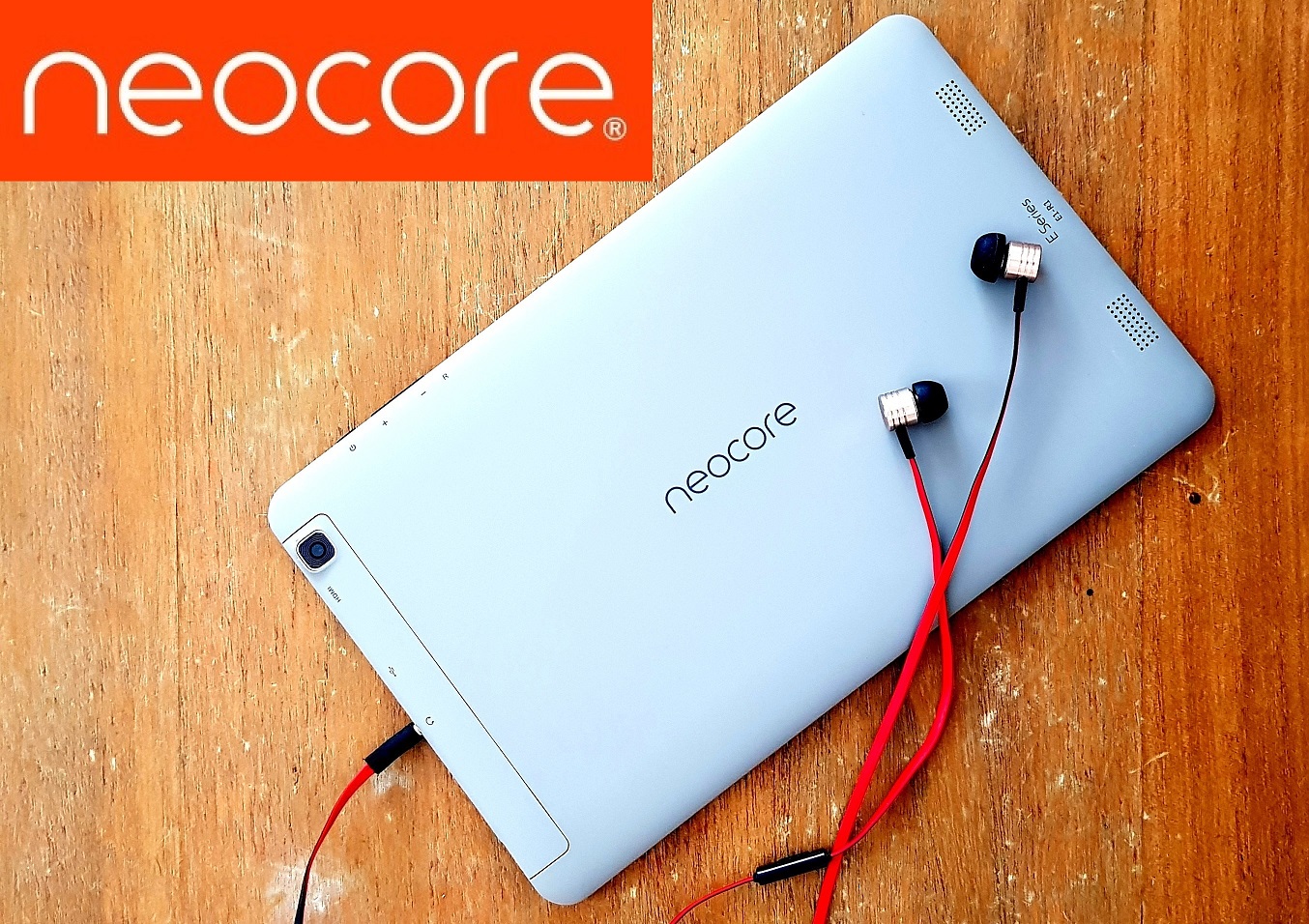Operating System. Tablets generally use a mobile operating system, which allows for a customized experience, since most mobile operating systems are already designed with touchscreens in mind. The iPad uses iOS, while several other popular tablets like the Xoom and Asus Eee Transformer use a version of Google's Android operating system.
Several tablets are available with a Windows operating system, which may seem like a great buy for users who are already familiar with Windows, but remember that mobile operating systems are designed for superior ease of use. That means that even if you've never picked up an iPad or a Motorola Xoom before, you'll probably get the hang of the device in a few seconds. Remember that tablets are casual computers, not heavy-duty computers--a light, easy-to-use operating system is a good thing.
Style and Functionality - Tablets are also available in a few different styles. While most tablets are simply slabs with a touch screen, manufacturers like Asus have put a few tablets on the market with detachable keyboard docks or sliding screens that reveal a keyboard.

These designs are for users who want a tablet that functions well as a netbook. Have a read about the RCA 12" Laplet soon to hit the shelves. There are also a few laptops billed as tablets that simply add a touchscreen on to a normal laptop, but these aren't proper tablets--a tablet's main source of input should be touch, and as tablets are premium devices right now, any generic tablets that cost less than about $400 probably won't provide a great experience. But in saying that, recently there have been some great additions to the tablet market and there are some really good, cheap devices to choose from for around $150 - $250. One recently reviewed on this blog was the iRULU X1S. Not a bad tablet for the money.
Extra Features - Extra features deserve some consideration, especially for buyers who want their tablets to handle a large number of tasks. Common extra features include USB ports, HDMI ports, webcams and memory card readers. Tablets like the iPad have a limited set of additional features, but might offer a better overall user experience depending on who you ask and what your requirements are.
As for the technical specifications of a tablet PC, processor speed is helpful, but the current generation of tablets are so dependent on a well-designed operating system that a tablet with a fast processor might actually operate more slowly than a technically weaker tablet. Read online user reviews and actually visit your local electronic store to try a few out. Pay special attention to features like battery life, which can vary anywhere from three or four hours to over twelve hours depending on the tablet, user habits, and even the screen settings.
In most instances, I would recommend against buying a product simply because it feels and looks cool, but remember that tablets are designed to be casual Internet devices. They aren't supposed to be extremely powerful--they need to be fun and functional. Test a few tablets to see the difference between different LCD displays (IPS, Amoled, etc) and operating systems.
Actually spending some time with your hands on a tablet should give you a good idea of what features you like and which models feel the most natural for you. Know why you're buying the tablet and make sure that the tablet you've selected has the right apps and features to fulfill your expectations. Tablets need to be intuitive, fast and fun, and by actually spending some time with a few you should be able to make a much better selection.















No comments:
Post a Comment